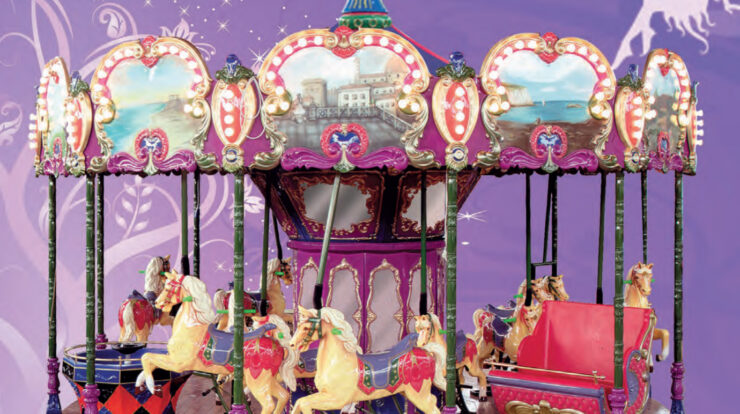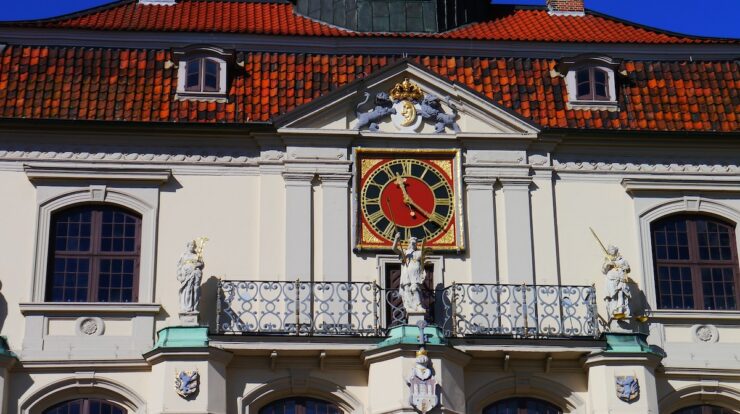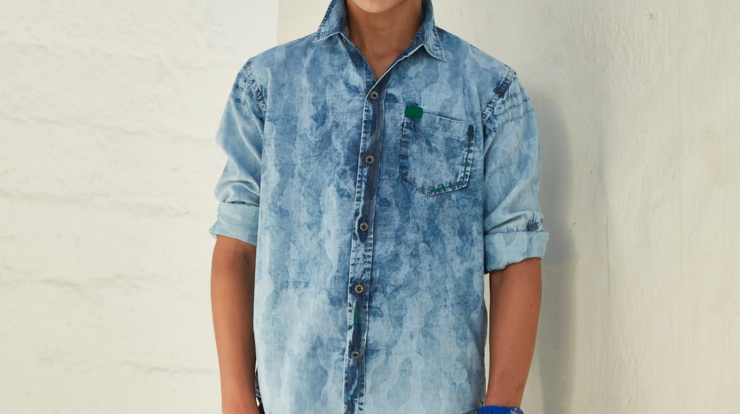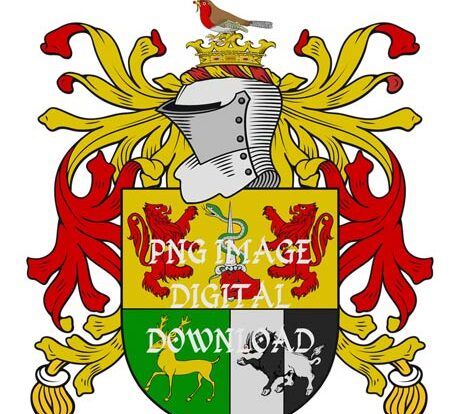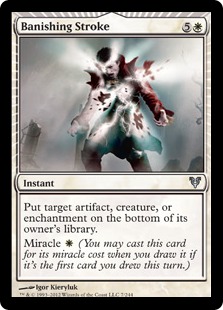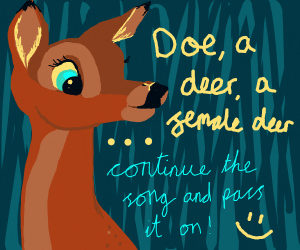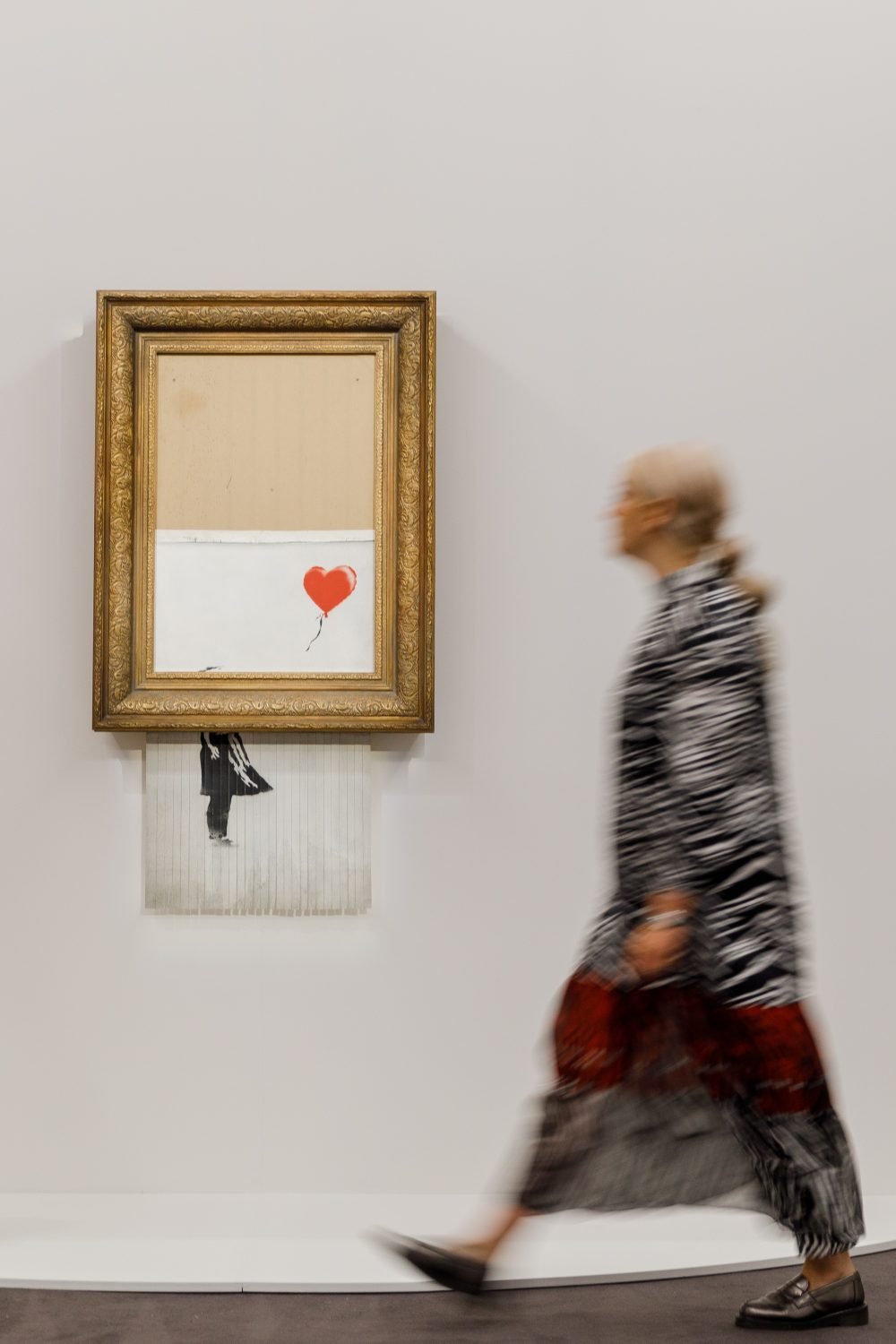
Is a Lithograph Worth More Than a Print?
Art collectors and enthusiasts often ponder about the differences between various art forms, including lithographs and prints. While both lithographs and prints are reproduction techniques, they have distinct characteristics that set them apart. In this article, we will explore the key differences between a lithograph and a print, and whether one holds more value than the other in the art world.
Understanding Lithographs
A lithograph is a type of printmaking technique that involves drawing an image on a stone or metal plate using an oil-based medium. The plate is then treated chemically to retain the image, and ink is applied to create the print. Each lithograph is created individually by hand, making it a labor-intensive process. Due to this manual work involved, lithographs are often considered to be of higher value among art collectors.
Because of the meticulous attention to detail required, limited edition lithographs are highly sought after. Limited edition lithographs are created in a specified quantity, and each piece is numbered and signed by the artist. The exclusivity and rarity of these lithographs contribute to their higher value in the market.
Exploring Prints
Prints, on the other hand, are reproduction techniques that rely on mechanical processes like etching, woodcut, or screen printing. Unlike lithographs, which are hand-drawn and hand-pulled, prints are usually created using a combination of machinery and manual labor. Prints can be produced in larger quantities, which often make them more affordable and accessible to a wider audience.
While prints may not hold the same level of exclusivity as limited edition lithographs, they still have value in the art market. Many renowned artists have created prints, and the ability to own a piece created by a well-known artist contributes to their appeal. Additionally, prints can offer an opportunity to own a reproduction of an original artwork at a fraction of the cost.
Factors Affecting Value
When determining the value of a lithograph or a print, several factors come into play:
- Rarity: Limited edition lithographs are often more valuable due to their scarcity in the market, especially when signed by the artist. Prints, on the other hand, can vary in value depending on the edition size and the popularity of the artist.
- Condition: The condition of the artwork is crucial in determining its value. Any damage or deterioration can significantly affect its worth. This is particularly important for older lithographs and prints.
- Artist Reputation: The reputation and popularity of the artist have a significant impact on the value of both lithographs and prints. Artworks created by well-established and highly regarded artists tend to have higher prices.
- Market Demand: The demand for a particular artist’s work can fluctuate over time, which in turn affects the value of their lithographs or prints. Artists who are highly sought after can see an increase in the value of their works.
Lithograph or Print: Which is Worth More?
When it comes to determining whether a lithograph or a print is worth more, it ultimately depends on the specific artwork, the artist, and the market demand. While lithographs might generally be considered more valuable due to their labor-intensive creation process and limited edition nature, there are instances where prints can exceed the value of certain lithographs.
For collectors, it is essential to consider their personal preferences and budget. A lithograph by a lesser-known artist may not hold the same value as a print by a renowned artist. Ultimately, the value of an artwork is subjective and can vary depending on individual tastes and the current market dynamics.
FAQs
- What is the difference between a lithograph and a print?
- Are lithographs considered original artworks?
- Can I sell a lithograph without the artist’s signature?
- Are prints less valuable than lithographs?
- Should I invest in lithographs or prints?
Lithographs are hand-drawn and hand-pulled prints, often considered more valuable due to their limited edition nature. Prints, on the other hand, use mechanical processes for reproduction and can be produced in larger quantities.
Lithographs are considered original artworks as each print is created individually by hand. However, they are reproduction techniques as they involve transferring an image onto a plate for printing.
While the artist’s signature can add value and authenticity to a lithograph, it is not always a requirement for selling the artwork. The overall market demand for the artist and other factors mentioned earlier can still determine the value of the lithograph.
Prints are generally more affordable and accessible due to their production in larger quantities. However, there are instances where prints by renowned artists can hold higher value than lithographs by lesser-known artists.
Investing in lithographs or prints can be a subjective decision based on personal preferences, budget, and market research. It is advisable to seek guidance from art experts or consultants before making any investment decisions.
Conclusion
When determining the value of a lithograph or a print, various factors come into play, such as rarity, condition, artist reputation, and market demand. While lithographs are often considered more valuable due to their labor-intensive creation process and limited edition nature, prints can also hold significant value, especially when created by renowned artists. Ultimately, the worth of an artwork is subjective and can vary depending on individual preferences and market dynamics. Whether you choose to invest in a lithograph or a print, it is important to consider your personal preferences, budget, and seek advice from art experts if needed.
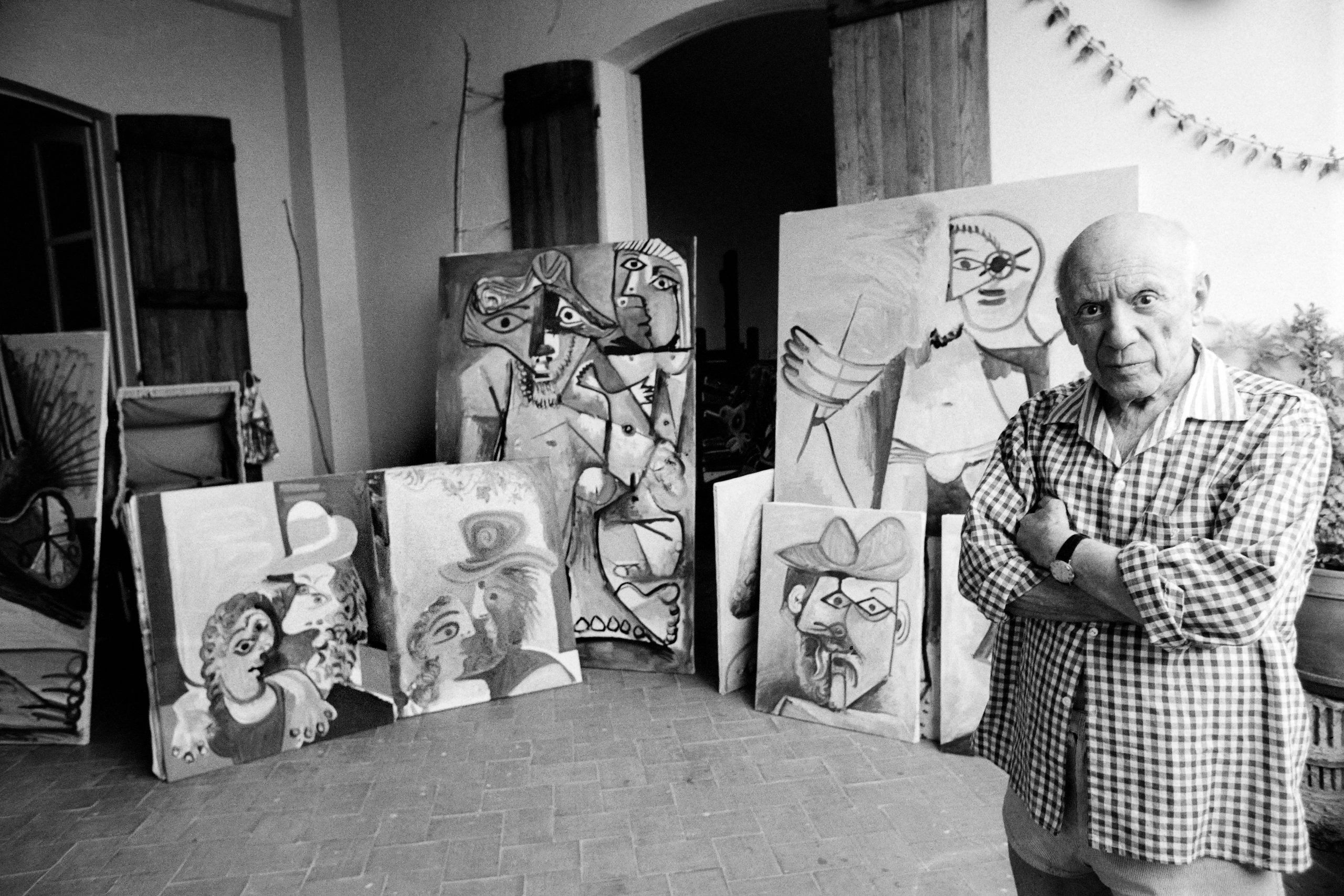
Source Image: news.artnet.com

Source Image: pinterest.com
Johannes Vermeer Girl with a Pearl Earring | Mauritshuis For instance, Currier & Ives lithograph sold for more than $76K, Pablo Picasso’s etching called The Frugal Repast sold for $123K, and a suite of lithographs by Toulouse Lautrec cost one buyer more than $882K. … If there are only 12 prints total, each print is very valuable. If there are 5,000 prints available in the total print run, not so



